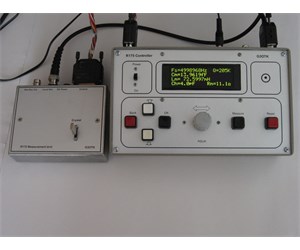Uploaded
Submitted by: szd51pilot Project Website: https://www.arrl.org/files/file/QEX_Next_Issue/Nov-Dec_2013/Harris_QEX_11_13.pdf
Uploaded
Submitted by: szd51pilot Project Website: https://www.arrl.org/files/file/QEX_Next_Issue/Nov-Dec_2013/Harris_QEX_11_13.pdf
Share